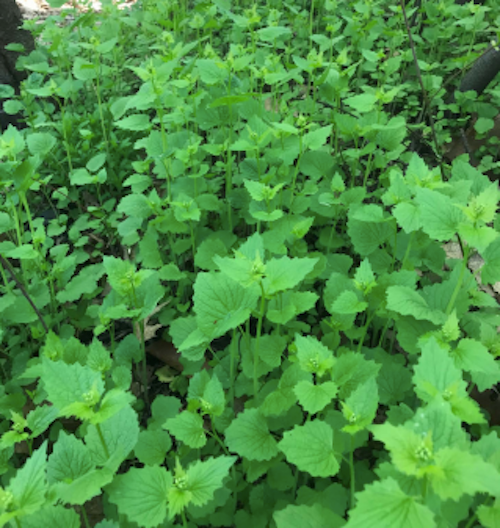Ontario is filled with invasive plants that simply don’t belong here.
They can cause problems in a lot of different ways, including forcing indigenous plants out.
Garlic mustard is an invasive herb native to Europe. It was brought to North America in the 1800s for use as an edible herb.
Unfortunately, wild garlic mustard can invade forests and can displace native species like trilliums and trout lilies. It hinders the growth of fungi that brings nutrients to the roots of other plants prohibiting their growth.
The plant also threatens several of Ontario’s at-risk species, including American ginseng, drooping trillium, hoary mountain mint, and white wood aster.
The plant is now established in southern and eastern Ontario and as far north as Sault St. Marie, parts of Quebec, and in several U.S. states.
The plants are of little use to people and do not provide a valuable food source for native wildlife.
Garlic mustard resembles several native Ontario plants so it can be difficult to identify.
Young leaves release a strong garlic odour when crushed. First year plants produce a rosette of dark green, kidney shape leaves with scalloped edges.
By the second yea they can be 1.2 metres high with triangular, sharp toothed leaves.
The second year plants produce with flowers with four small petals in May.
If you have property where you might find these invasive plants growing, you should learn how to identify them.
You can destroy the plants, but don’t compost or just discard them because the seeds will cause more spreading of the plant.
The plants are not dangerous to people and won’t cause any harm if you come in contact with them.
If you find garlic mustard plants you can contact the Ministry of Natural Resources to report the sighting and location.
- Brian Lockhart, Local Journalism Initiative Reporter, New Tecumseth Times



